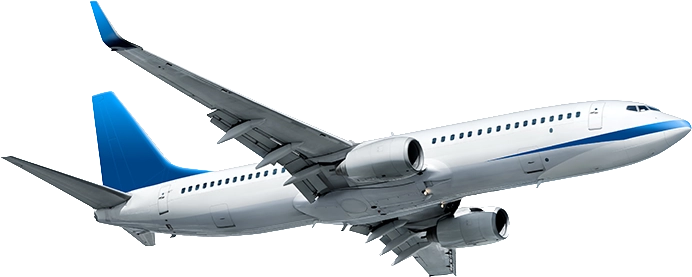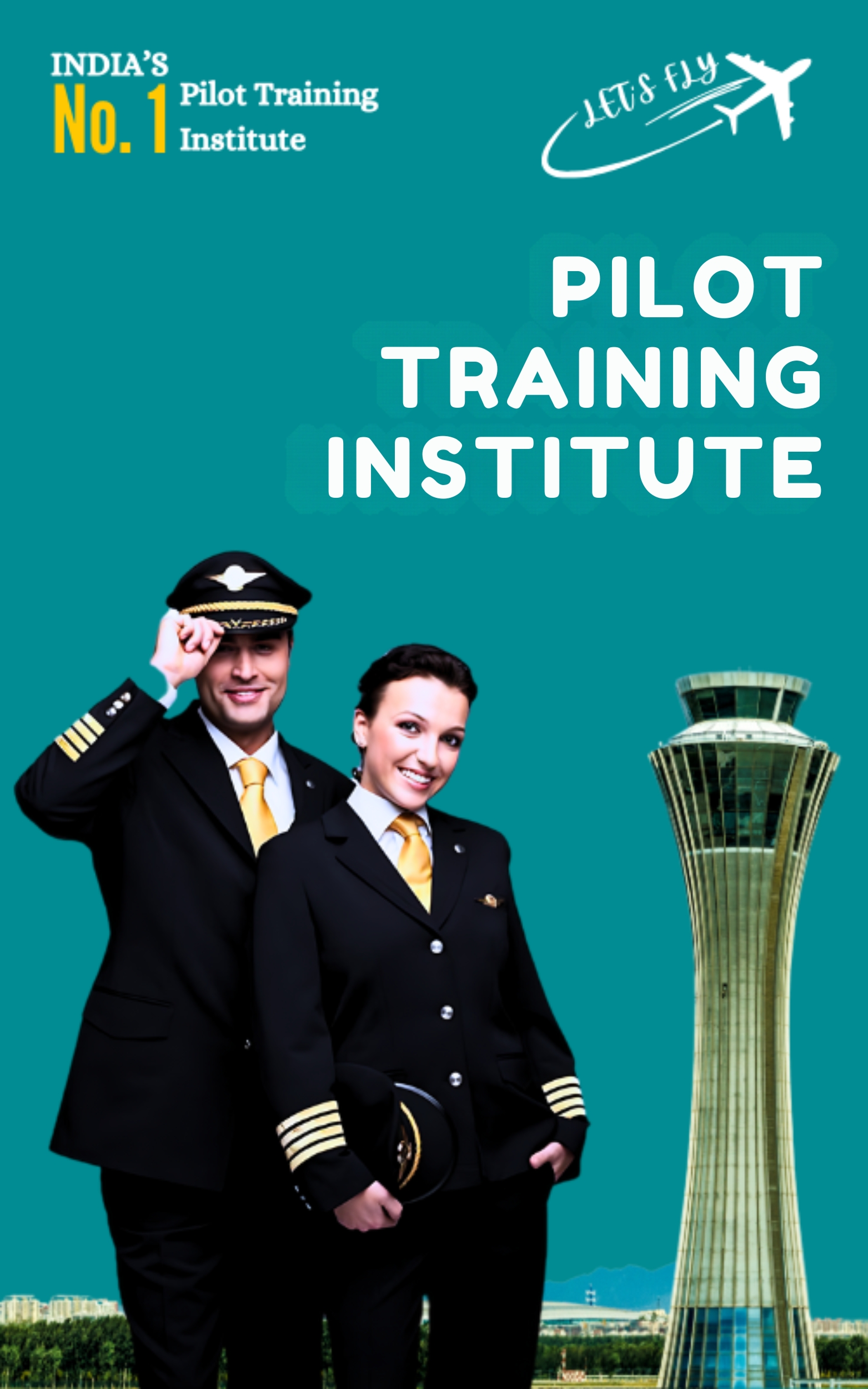Avoid These 7 Mistakes If You’re Becoming a Pilot
Becoming a pilot is one of the most exciting and rewarding journeys in life. For many, it’s a dream fueled by the love of flying, the thrill of adventure, and the aspiration to build a career in the skies. But like any professional journey, becoming a pilot comes with challenges. The path requires not only money and time but also discipline, planning, and smart decisions.
Unfortunately, many aspiring pilots make mistakes that delay their progress or even end their aviation dreams altogether. In this guide, we’ll break down the 7 biggest mistakes you must avoid if you’re becoming a pilot.
By understanding these pitfalls in advance, you’ll be better prepared to stay focused, save money, and succeed in your aviation career.
Why Mistakes Matter in Becoming a Pilot
Unlike other professions, aviation has very little tolerance for error. Becoming a pilot isn’t just about learning to fly an aircraft—it’s about building judgment, responsibility, and professionalism. Small mistakes during training can have long-term consequences for your career.
This blog combines real-life experience, insights from professional pilots, and expert advice to help you avoid the most common mistakes aspiring aviators make.
Read Also – Pilot Training Institute in Delhi | Top Crew Aviation
Mistake 1: Not Researching the Right Flight School
Choosing the wrong flight school is one of the costliest mistakes in becoming a pilot. Many students rush into admissions without verifying approvals, facilities, or hidden costs.
Why this mistake is serious :
- Training at a non-DGCA-approved (in India) or non-recognized school means your license may not be valid.
- Poorly maintained aircraft and inexperienced instructors delay training.
- Weather and location play a big role in how quickly you finish flying hours.
How to avoid it:
- Always verify if the school is DGCA-approved (India) or recognized by the local aviation authority.
- Visit the school, inspect their fleet, and ask about instructor qualifications.
- Compare costs realistically—watch out for hidden charges.
- Speak with current students or alumni for genuine feedback.
Pro Tip: A good school with multiple aircraft ensures you get flying hours without long delays. This alone can save you months in becoming a pilot.
Mistake 2: Underestimating Ground School
Many students get excited about flying but forget that becoming a pilot requires strong theoretical knowledge. Ground school subjects like Air Navigation, Meteorology, and Air Regulations are the backbone of safe flying.
Why this mistake is serious:
- DGCA/FAA/EASA exams are mandatory.
- Weak theory knowledge makes real flying confusing.
- Without theory, you won’t understand why procedures exist.
How to avoid it:
- Treat ground school as seriously as flying.
- Use DGCA/FAA-approved study materials.
- Practice question banks regularly.
- Join a reputed ground training center if needed.
Pro Tip: The better your ground knowledge, the easier it becomes to progress in flying. Good theory makes becoming a pilot faster and smoother.
Mistake 3: Poor Financial Planning
Becoming a pilot requires significant financial investment. In India, the cost of a Commercial Pilot License (CPL) is usually ₹45–50 lakhs, and a Type Rating (training for specific aircraft) adds another ₹25–35 lakhs.
Why this mistake is serious:
- Running out of funds mid-training may force you to quit.
- Taking shortcuts in training to save money can compromise quality.
- Financial stress reduces focus on studies and flying.
How to avoid it:
- Prepare a detailed budget including tuition, medical tests, exam fees, type rating, accommodation, and living expenses.
- Explore bank education loans, aviation scholarships, and sponsorships.
- Keep at least 10–15% extra funds as a safety buffer.
Pro Tip: Good financial planning means you won’t have to pause your training. Continuity is key in becoming a pilot.
Mistake 4: Neglecting Medical Fitness
Medical fitness is one of the most critical requirements for becoming a pilot. Many students ignore medical tests until late in their journey, only to discover disqualifying conditions.
Why this mistake is serious:
- Failing a Class 1 Medical exam can end your career dreams.
- Health issues like color blindness, hearing loss, or obesity may restrict flying eligibility.
- Ignoring health during training can lead to grounding.
How to avoid it:
- Get your Class 2 and Class 1 Medical clearance before starting training.
- Maintain healthy lifestyle habits—exercise, eat right, and sleep well.
- Regularly check your eyesight and hearing.
- Avoid smoking, drugs, and excess alcohol.
Pro Tip: Your health is your license. Take it seriously from Day 1 of becoming a pilot.
Mistake 5: Lack of Discipline and Time Management
Aviation is a profession of strict schedules. Students who treat training casually struggle with progress. Becoming a pilot requires discipline, punctuality, and consistency.



